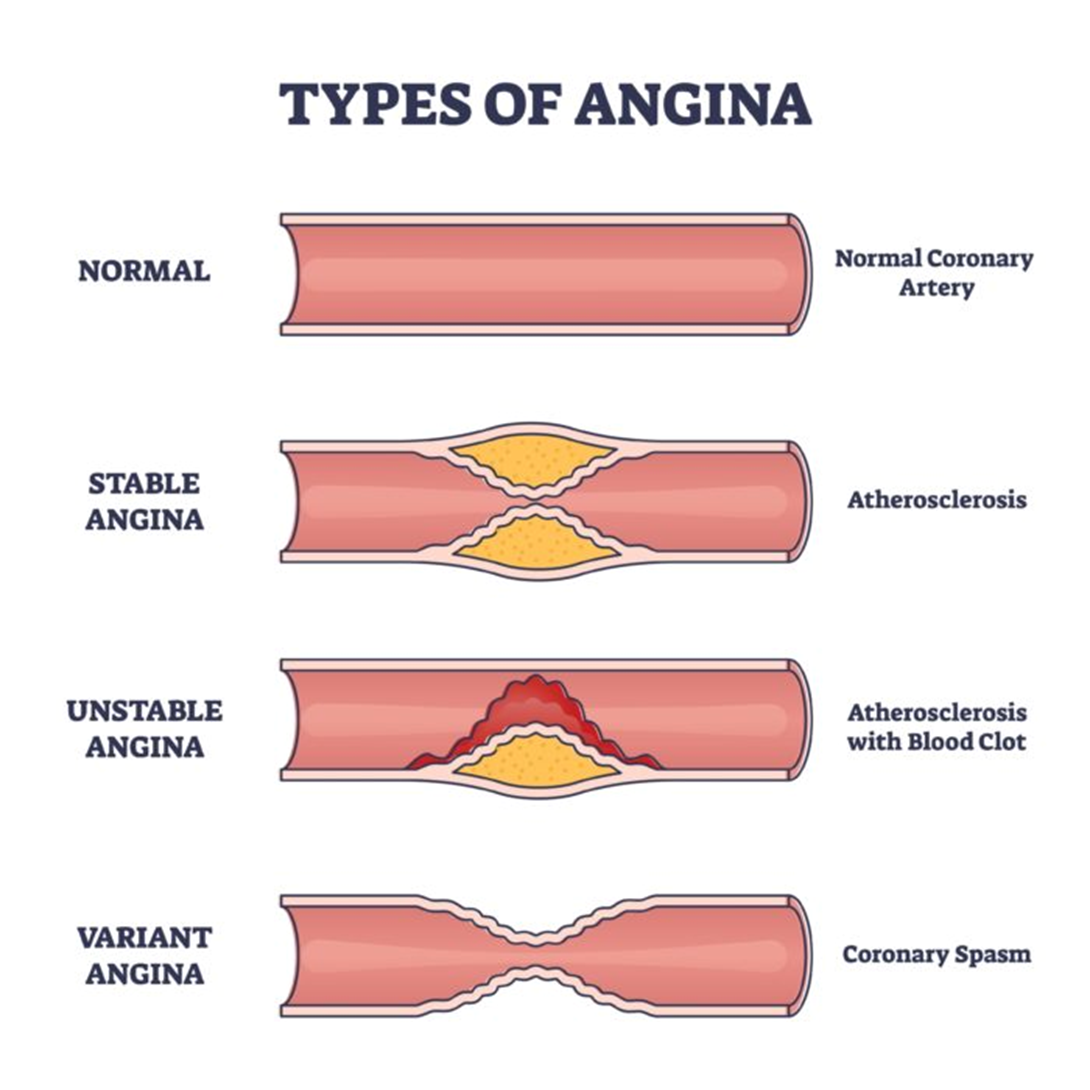A nurse in a coronary care unit is admitting a client who has had CPR following a cardiac arrest. The client is receiving lidocaine IV at 2 mg/min. When the client asks the nurse why he is receiving that medication, the nurse should explain that it has which of the following actions?
Prevents dysrhythmias
Relieves pain
Dissolves blood clots
Slows intestinal motility
The Correct Answer is A
Choice A reason: Lidocaine is an antiarrhythmic medication that stabilizes the cardiac membrane and suppresses abnormal electrical impulses in the heart. It is used to treat ventricular dysrhythmias, such as ventricular tachycardia and ventricular fibrillation, which can occur after a cardiac arrest.
Choice B reason: Lidocaine is not primarily used to relieve pain, although it has local anesthetic properties. It is not effective for chest pain caused by myocardial ischemia or infarction.
Choice C reason: Lidocaine does not dissolve blood clots, nor does it prevent their formation. It has no anticoagulant or thrombolytic effects.
Choice D reason: Lidocaine does not slow intestinal motility, nor does it affect the gastrointestinal system. It has no antispasmodic or antidiarrheal effects.
Nursing Test Bank
Naxlex Comprehensive Predictor Exams
Related Questions
Correct Answer is B
Explanation
Choice A reason: Hematocrit 45% is not the correct data. Hematocrit is the percentage of red blood cells in the blood. The normal range for hematocrit is 37% to 47% for women and 42% to 52% for men. Hematocrit 45% is within the normal range and does not indicate any abnormality related to heparin therapy. Heparin does not affect the production or destruction of red blood cells.
Choice B reason: Platelets 74,000/mm3 is the correct data. Platelets are the blood cells that are responsible for clotting and preventing bleeding. The normal range for platelets is 150,000 to 400,000/mm3. Platelets 74,000/mm3 is below the normal range and indicates thrombocytopenia, which is a low platelet count. Thrombocytopenia is a serious complication of heparin therapy that can cause bleeding, bruising, and petechiae. The nurse should report this finding to the provider immediately and stop the heparin infusion.
Choice C reason: Partial thromboplastin time (PTT) 65 seconds is not the correct data. PTT is a blood test that measures the time it takes for the blood to clot. The normal range for PTT is 25 to 35 seconds. PTT 65 seconds is above the normal range and indicates that the blood is taking longer to clot. This is an expected effect of heparin therapy, as heparin is an anticoagulant that inhibits the formation of blood clots. The nurse should monitor the PTT and adjust the heparin dose according to the provider's orders and the protocol.
Choice D reason: White blood cell count 8,000/mm3 is not the correct data. White blood cells are the blood cells that are involved in the immune system and fight infections. The normal range for white blood cells is 4,500 to 11,000/mm3. White blood cell count 8,000/mm3 is within the normal range and does not indicate any abnormality related to heparin therapy. Heparin does not affect the production or function of white blood cells.
Correct Answer is ["A","B","D"]
Explanation
Choice A reason: Removing the patch for 10 to 12 hours daily is a correct instruction. This allows the client to have a nitrate-free period, which prevents the development of tolerance to the medication. Tolerance reduces the effectiveness of nitroglycerin in relieving anginal pain. The client should remove the patch at night, when the risk of angina is lower, and apply a new patch in the morning.
Choice B reason: Applying the patch to a hairless area and rotating sites is a correct instruction. This prevents skin irritation and enhances absorption of the medication. The client should avoid applying the patch to areas that are exposed to heat, sunlight, or friction, as these factors can increase the release of nitroglycerin and cause hypotension.
Choice C reason: Applying a new patch at the onset of anginal pain is not a correct instruction. Transdermal nitroglycerin is used for the prevention, not the treatment, of anginal attacks. The onset of action of transdermal nitroglycerin is slow, and it may take several hours to reach peak effect. The client should use sublingual nitroglycerin, which has a rapid onset of action, to treat acute anginal pain.
Choice D reason: Applying a new patch each morning is a correct instruction. This ensures that the client has a steady and adequate supply of nitroglycerin throughout the day, when the risk of angina is higher. The client should apply the patch to a different site each day, and remove the old patch before applying the new one.
Choice E reason: Applying the patch to dry skin and covering the area with plastic wrap is not a correct instruction. This can cause skin maceration, which is the softening and breaking down of the skin due to moisture. This can increase the risk of infection and reduce the absorption of the medication. The client should apply the patch to clean and dry skin, and avoid covering the area with any dressing or tape.

Whether you are a student looking to ace your exams or a practicing nurse seeking to enhance your expertise , our nursing education contents will empower you with the confidence and competence to make a difference in the lives of patients and become a respected leader in the healthcare field.
Visit Naxlex, invest in your future and unlock endless possibilities with our unparalleled nursing education contents today
Report Wrong Answer on the Current Question
Do you disagree with the answer? If yes, what is your expected answer? Explain.
Kindly be descriptive with the issue you are facing.
